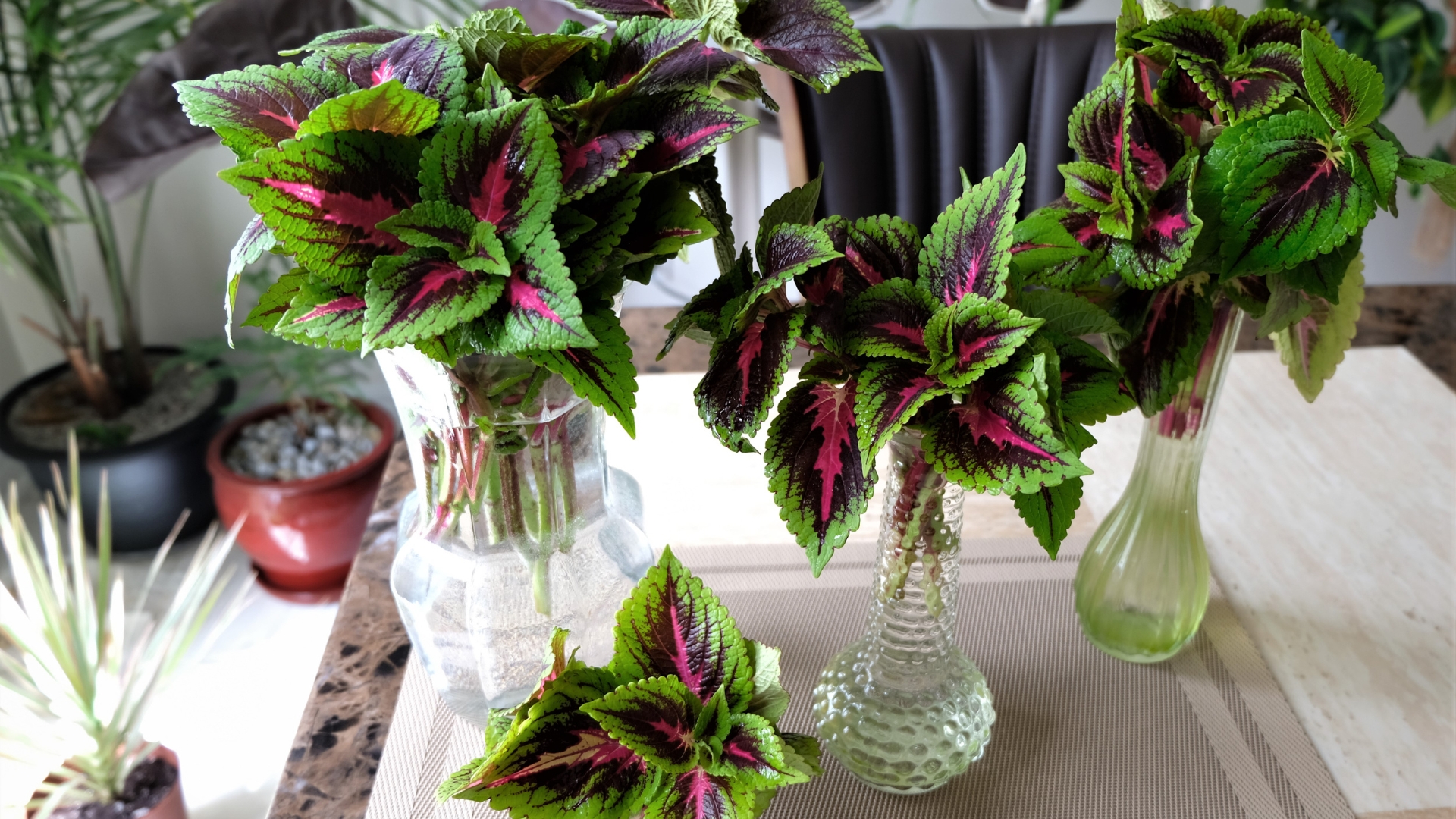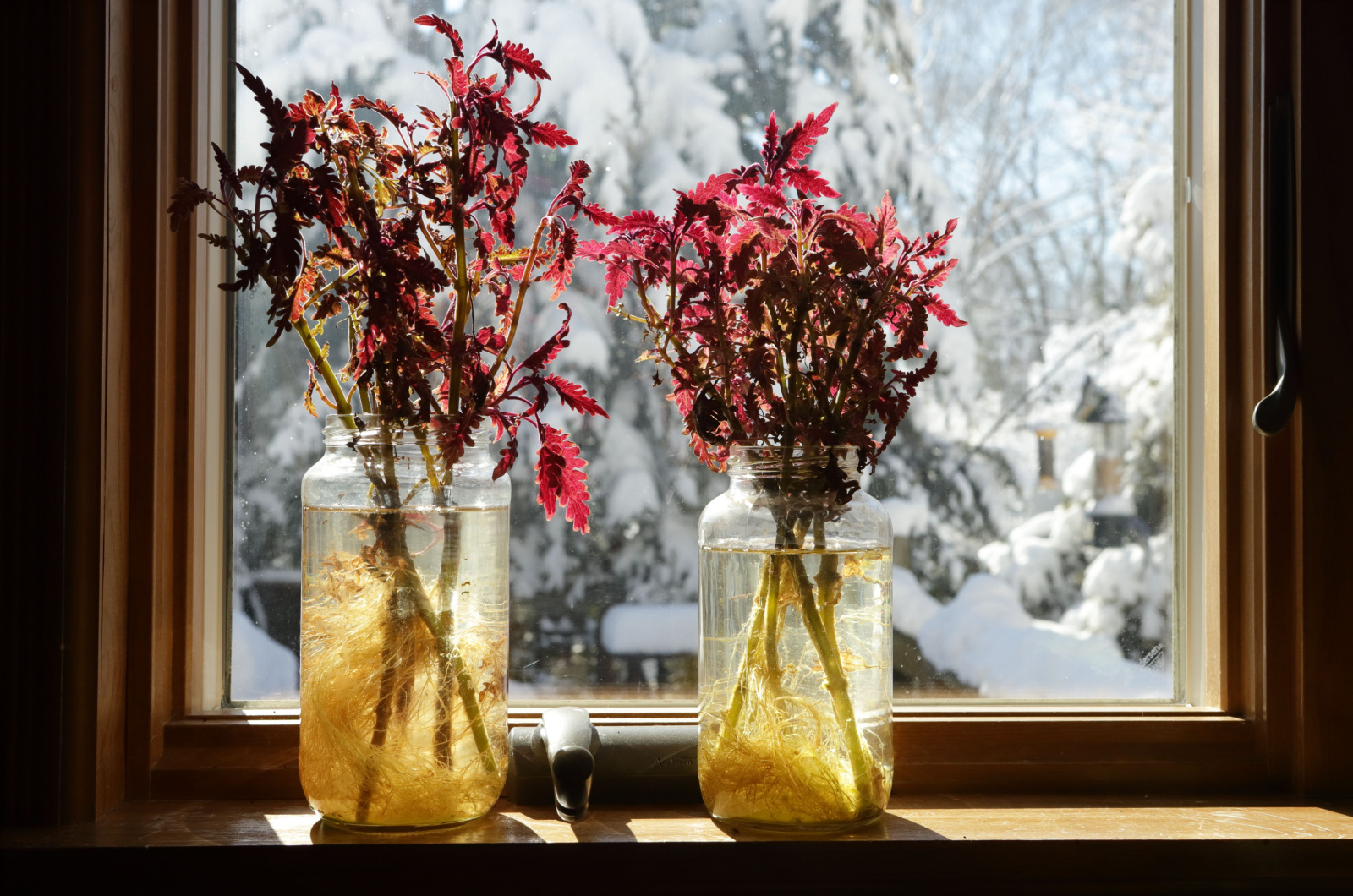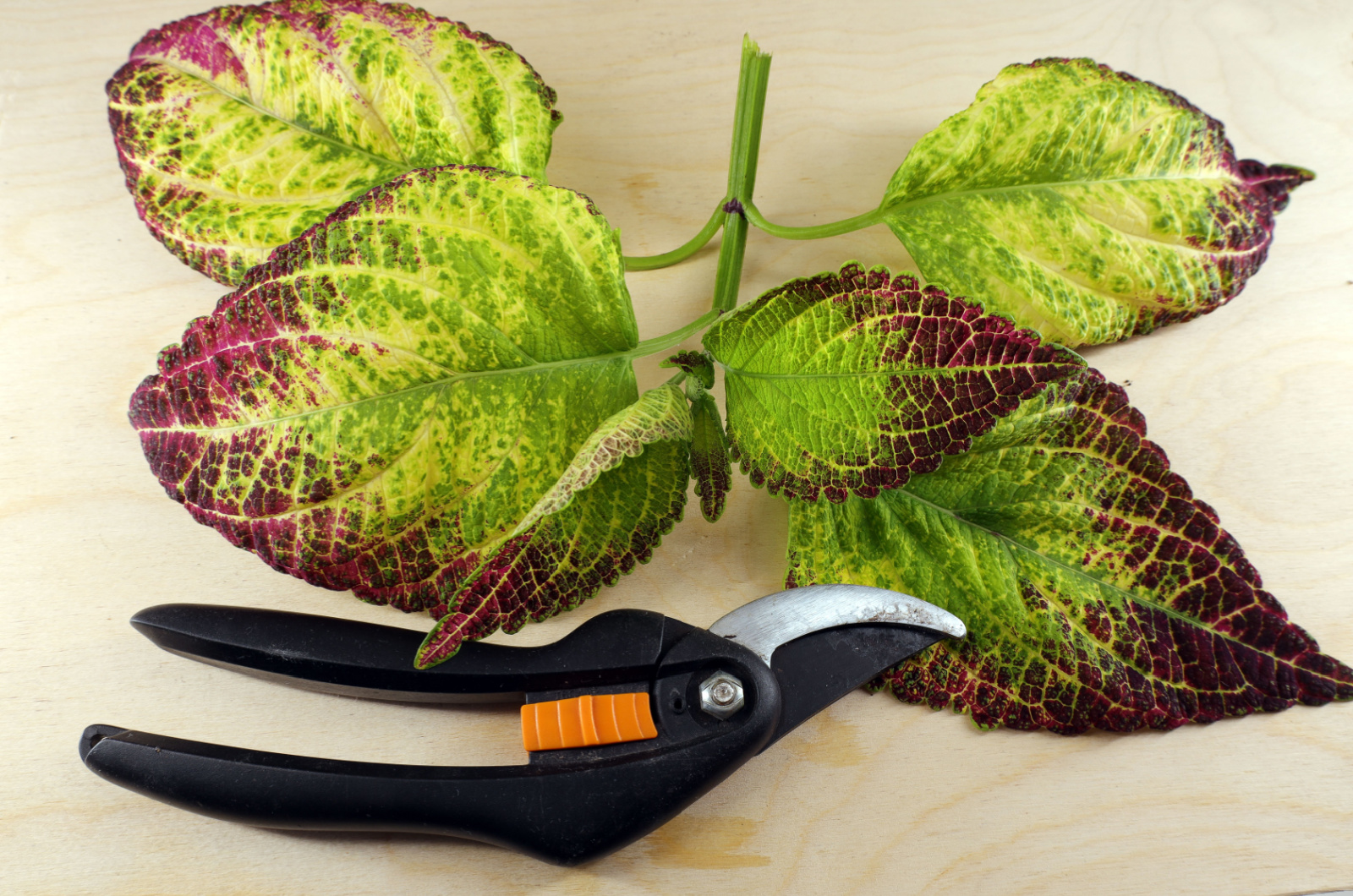Nothing adds a pop of color to indoor and outdoor spaces like coleus. This ornamental plant can thrive in indoor and outdoor spaces, which is why gardeners love it so much.
You can grow your coleus as both an annual and perennial outdoors, and it makes an excellent houseplant.
I always recommend cultivating coleus in containers because, this way, you can keep the plant outdoors during the warmer months, and take it indoors when temperatures decrease.
One thing is for certain, once you start growing coleus it is hard to stop at only one plant. In this article, I’ll show you how to propagate coleus and quickly expand your collection!
Let’s get started!
1. Propagating Coleus Through Seeds
If you don’t have a coleus plant and don’t want to spend a lot of money on one, you can purchase the seeds.
Believe it or not, for the price of one coleus plant, you could get more than 400 seeds, enabling you to grow a substantial number of plants for a significantly lower expense.
Coleus seeds are frequently found in seed mix packages that contain seeds of plants with similar growing requirements.
Remember that coleus is a shade-loving perennial and it will grow perfectly under a tree or similar structure in your garden that doesn’t have a good sun exposure.
There are two options when it comes to starting coleus seeds. The first one is sowing the seeds indoors and later transplanting the robust seedlings into your garden.
The second option is to sow coleus seeds directly into the ground once the temperatures rise enough.
This propagation method is perfect for those who opt for a colorful garden because you can grow a lot of varieties that won’t cost you a fortune.
How To Start Coleus Seeds
The seeds of these species are very small, so you should go with a light surface sowing. Your goal is to sprinkle coleus seeds over the growing substrate and cover them with a light layer of soil.
Keep in mind that light is essential for the germination of the coleus (and any) seeds, and it’s important not to block it.
The seeds should be placed in a room where the temperature ranges from 70-75 degrees Fahrenheit. If you’re sowing the coleus seeds indoors, consider investing in a heat mat to maintain the temperature.
On the other hand, if you opt for in-ground planting, then you should wait until the danger of the last frost ends.
However, I don’t recommend starting coleus seeds outdoors if you don’t live in areas with long growing seasons. Start your coleus indoors approximately 2-3 months before the last expected frost.
For these plants, a seed-starting mix or soilless mix is well-suited, given that the seeds do not require nutrition until they have successfully germinated.
If you can’t get these growing substrates, sow your coleus seeds in high-quality potting soil.
There’s another way of getting coleus seeds, and this method is only for those who already have these plants in their garden. Once your coleus finishes its flowering growth stage and the blooms die back and dry up, you can collect the seeds.
Simply break open the dried coleus flower head and collect the small seeds.
2. Propagating Coleus In Water
Water propagation is a popular method that works great for coleus cuttings. If you have a healthy and mature coleus plant, you can easily take the cuttings and root them in water.
What I like about propagation through cuttings is that you can get an exact replica of your coleus plant.
Here are the steps for propagating coleus cuttings using water as a growing medium.
1. The first step is to take coleus cuttings just below the lower node and cut off the leaves on the bottom.
2. Fill a jar or a transparent vase with clean and fresh water and put your coleus cuttings inside. These plants can grow in water only, so they won’t have issues developing new roots.
3. If you don’t want to keep your coleus in water, wait until the cuttings generate new roots and then transplant them into a free-draining growing substrate.
4. Keep the coleus soil consistently moist until the cutting generates new growth.
3. Soil Propagation
The last method used for getting new coleus plants is planting the cuttings directly in the potting soil. The first step is the same as with water propagation, so just snip the cutting below the lower node and remove the lower leaves.
Now prepare the growing substrate for your coleus, making sure it contains free-draining materials. This time, a soilless mix won’t work because cuttings need nutrients to develop healthily.
You can use a rooting hormone to promote growth of your coleus cuttings but this is optional since these plants easily produce new roots.
Keep the coleus cutting exposed to bright indirect light and make sure that the growing substrate stays adequately moist.
New growth on the cutting means that you’ve successfully propagated your coleus!
If you decide to keep the plant outdoors during the warmer months, make sure to follow the correct coleus overwintering guide to avoid damaging the plant.
Getting new coleus plants isn’t a hard task and, even if you’re a beginner, you can simply do it by following the steps from this article!




